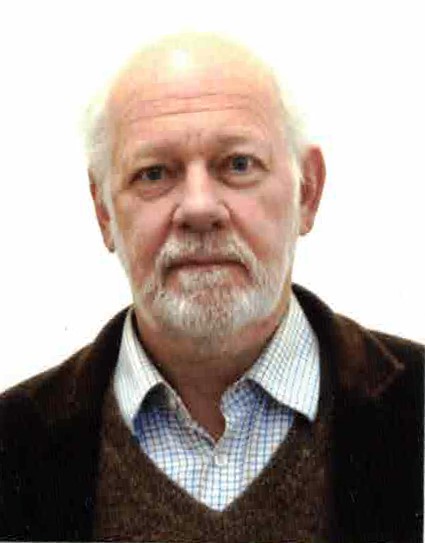Clive Stannard

Honorary Research Fellow
Tel: +32 455 13 39 61
Email: clive dot stannard at warwick dot ac dot uk
Personal email: clive at stannard dot info or clive dot stannard at me dot com
Faculty of Arts Building, University Road
University of Warwick
Coventry CV4 7AL
About
As a child in Cape Town in the 50s and early 60s, I formed quite a collection of ancient coins, brought back by the fathers of my school-mates from the Second World War. I sold these when I went to University, to support the vices of youth. In the late 60 and early 70s, I worked in the theatre in Paris. During a long career in the Food and Agriculture Organization of the United Nations, I kept up my numismatic research. I have never had a television, which helps, and it saved my sanity to do something completely outside my responsibilities and beyond the understanding of my colleagues. After retiring as the Interim Secretary of the International Treaty on Plant Genetic Resources for Food and Agriculture in 2007, the School of Archaeology and Ancient History at the University of Leicester generously gave me an Honorary Visiting Fellowship, and now Warwick, for which I am really grateful, as I enjoy cooperating with others..
Research interests
- The last two centuries BC in the Western Mediterranean are my special period.
- My research shows that, contrary to much earlier opinion, Republican Rome did not regulate the coinages of its colonies and allies, nor impose its coinage, let alone supply it. It did not make adequate bronze coinages for its own needs after the mid-second century BC.
- A wide range of non-state coinages were therefore made by various actors in Latium and Campania, between then and the time of Augustus. These have until now been disregarded or misunderstood, but they are important in understanding the economy and society of the time.
- I proposed the concept of a “pseudo-mint” to describe a phenomenon of the production over time by a non-state mint of a series of coins that imitate and mix the types of state mints. The most important of these were at Pompeii, between perhaps 150 BC and 89 BC, and in Latium, probably in the 70s to 40s BC. These, too, can teach us much about the economy and trade patterns of the time.
- I have worked extensively on bronze coins found at the site of Minturnae, on the Latium/Campania border, and have a assembled a data-base of thousands of non-Roman and non-state coinages, as well as lead pieces, from the site.
- I also described the coins of the Pompeian pseudo-mint, which imitate Ebusus, Massalia, Rome and Carthage, and havr documented the presence of these in Massaliot territory in Southern France, as an index of the trade in Vesuvian wine. • Much can be learned from the comparison of the local coinages of Pompeii and those at Minturnae about the trade and traders of these cities. Pompeii went mainly south to Carthage and north to Gaul, while Minturnae went mainly to Spain.
- Traders from Minturnae appear to have been amongst the first to exploit Spain and the silver/lead mines around Carthago Nova after the Second Punic War, in small named societates of a few partners. As these were exhausted, mining moved inland to the Sierra Morena in the first century, exploited a few very large-scale anonymous societates. Understanding the nature, structure and history of these societates is a difficult challenge.
- Among the non-state issues, one large group with unusual “Italo-Baetican” types, only found on non-state lead and bronze in central Italy and on the grandes plomos monetiformes of the area around Corduba in Hispania, seem to be associated with an otherwise unknown social group present also in upper Latium, which traded with Spain through Minturnae.
- I am particular interested in placing numismatics in a wider archaeological and historical context, and in showing that numismatics can be a leader in inter-disciplinary research.
- I have also written extensively on minting and die technology, the theory of value in minor coinage, and on ancient forgery.
Higher Education
BA (1973), Social Anthropology, African History, African languages, University of Cape Town
Collaboration in archaeological projects
- Numismatist for the Sección de Arqueología (SIAM) del Ayuntamiento de Valencia excavations at the House of Ariadne in Pompeii.
- Numismatist with the Economy, Trade and Commercial Circuits in the Roman West (3rd c. BCE – 1st c. CE) project of the University of Victoria, Canada
Professional associations
- Member of the Royal, Swiss, French and Italian numismatic societies.
